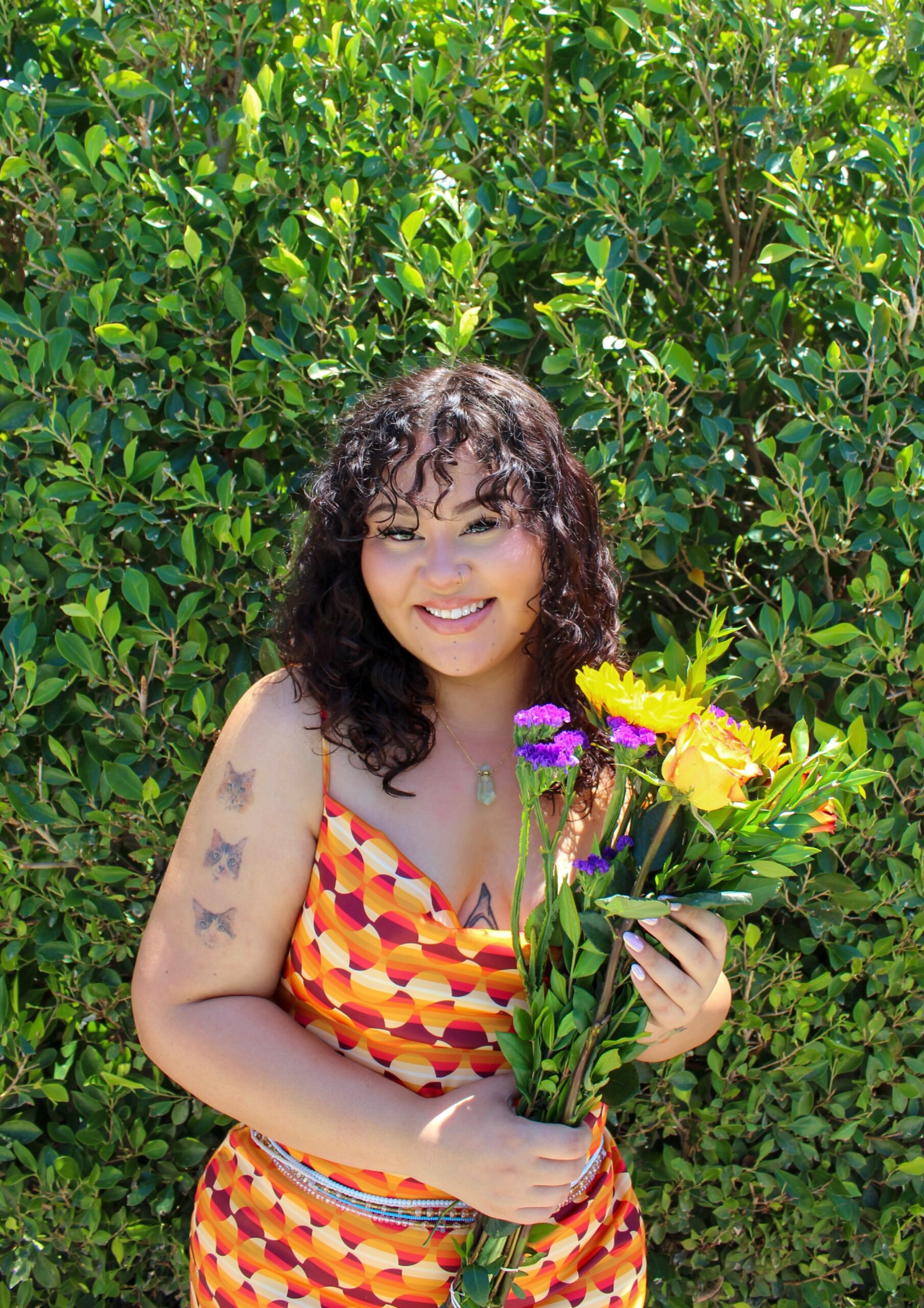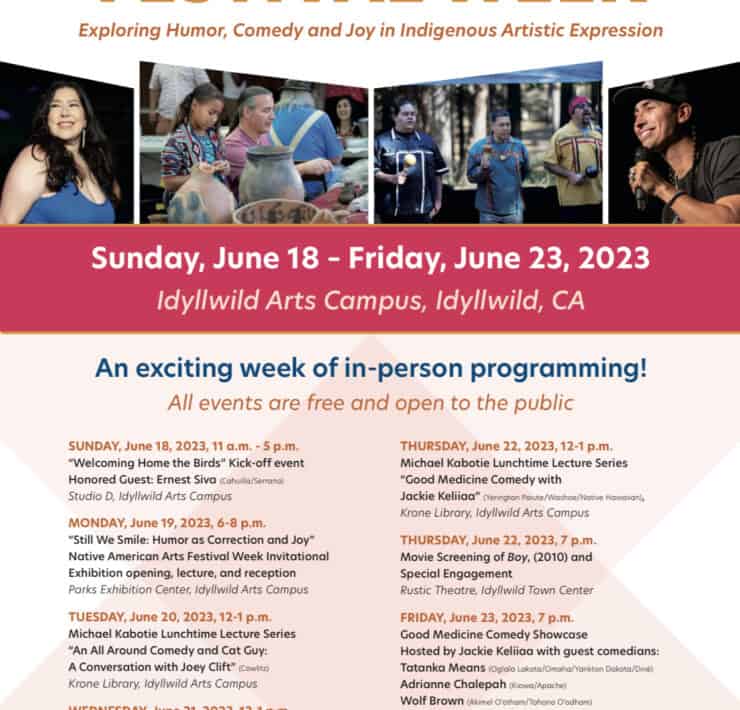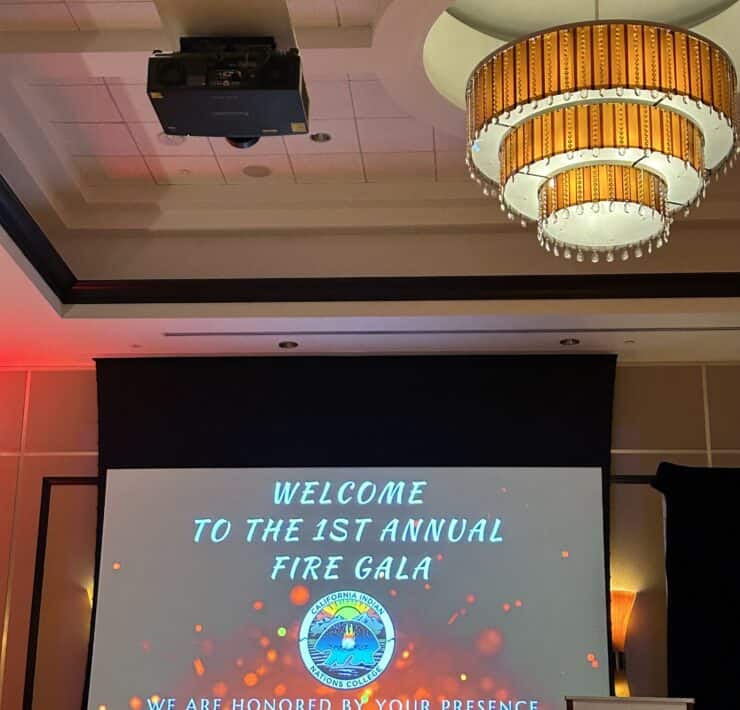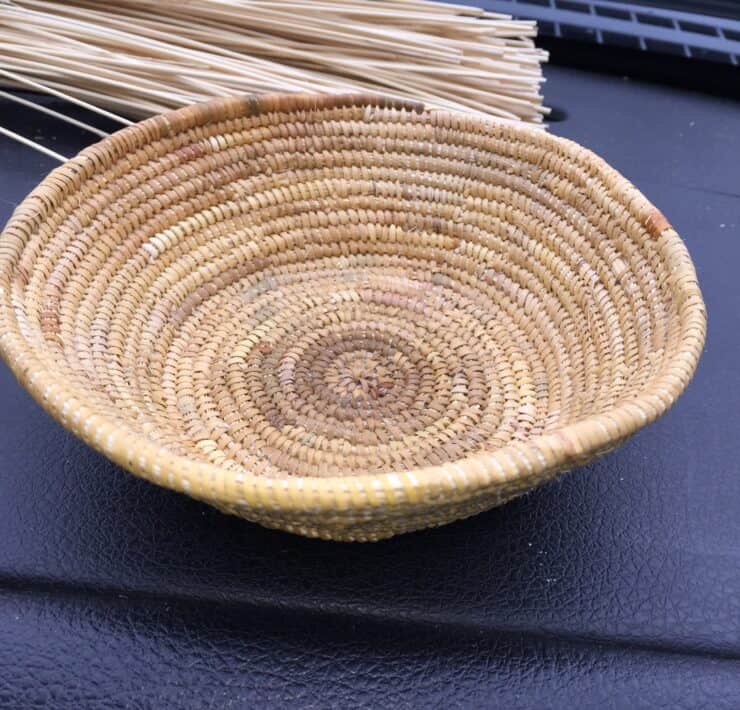
By Emily Clarke
Please introduce yourself, your tribal affiliation, and your history as a Bird Singer.
Míyaxwen, ne’netew John Preckwinkle III and I am from the Agua Caliente Band of Cahuilla Indians. I was first introduced to Bird Songs at the age of 14. I started Bird Singing in classes at the age of 19 and then began singing with a Bird group that same year, then joined another group probably 7 years later. As of now, I lead songs, but I do not have an official group. However, there are singers that join me and help me out from event to event.
Can you explain the importance of Bird Songs and Bird Singing in your own life?
My Great Grandfather (John Joseph Patencio) was the last ceremonial Bird Singer for the Cahuilla people. I was first introduced to Bird Songs through his recordings that the tribe gave out for Christmas one year. I listened to them religiously, and since I grew up away from the tribe, they were my first real connection to our culture. Then, I started going to Cahuilla language classes in order to get involved with my culture and be able to understand the songs more. Bird Singing was my stepping stone to getting involved with Cahuilla culture. Bird Songs were the foundation, and I gained an even bigger connection to the songs when I started getting more connected to the culture.
What about the importance of Bird Singing to Cahuilla people? Traditionally and in current Cahuilla culture.
Bird songs tell the story of our migration as a people and they teach us about historical landscapes, atmospheric conditions, animals, etc. So they teach us a lot of things but they mostly consist of the stories of our people. Traditionally, the songs tell us about where we came from and how we got here and events during our journey. Our songs are an oral tradition that have been passed down through countless generations. Today, each singer has someone who they learned from, and because of that, there are very different styles and ways of singing the same song. For example, I have a very specific first set of songs that I sing, but another group in the same tribe has a different set of beginning songs. Both are considered to be correct. So, contemporarily, Bird Singing is one of our last honest traditions that still exists. It’s one of the only things that we didn’t lose to assimilation.
Tell me about the local All Night Sing event held on February 4th.
This is the all night sing in a nutshell: we Bird Sing by a fire, all night, and each group takes turns singing for a certain amount of time so that everybody gets a chance to sing. There are no microphones, no compensation, it’s just us in the desert, singing our hearts out.
Traditionally, Bird Songs were sung from sunset to sunrise, so some tribes try to have all night events in honor of that tradition. I started learning about the Cahuilla Creation Story and that Bird Signing had a kick off point. which was after the tribal Death Ceremony. There would be a telling of the Creation Story, the Eagle Dance, etc., and at the end of that ceremony, the last three nights would be Bird Singing. It was all about how we came into existence, our travels, and how we came home to this area.
While I worked in Cultural Preservation, I wanted to have an all night event, so I had to convince the Committee and Council to allow it by explaining the significance of singing all night culturally. The Committee continued that event and made it into an annual event. The all-nighter that happened on February 4th was our 3rd annual all night sing event.
What are the main differences between All Night events such as this one and public events like Singing the Birds?
The main difference is that the all night event is made for us (Tribal people) and whoever we want to invite. At something like Singing the Birds, as a Bird Singer, you bring out your most popular songs. But for the all night event, the popular songs will only get you so far. You have to bring out the songs that people aren’t as familiar with and sing the sister songs (after you sing one song, there are sometimes additional songs in the sequence that sound very similar but have different meanings and are considered sisters to that song). Instead of all the dance songs and everyone getting excited and hyped up, you have to take up more time, so you sing more of the lesser known Bird Songs. Singing the Birds is to showcase our culture to the outside community, and there are songs that people are uncomfortable with sharing there. The overnight Bird Singing event allows you to bring out more songs and teach more because you’re not being filmed so you can go in and sing more songs that you might not normally share with the public. When you go to overnighters, you start to really learn the songs and the singers in depth.
What is the importance of continuing the tradition of All Night Sings in your opinion?
Bird Singing is one of our last traditions that we still hold, so why not try and sing in a traditional way? We’re taught to learn traditionally from a lead singer, so you have to learn the songs and go to the events too. When I go to this overnight event, I listen to the songs people choose to sing and I try not to repeat those ones when it’s my turn to sing. Traditionally, our people didn’t repeat songs over the span of three nights. I would encourage all Bird Singers to try and experience an all night Bird Singing event because that’s how our ancestors did things, and that’s also a good way to test your voice. It also feels a lot different when you sing all night as a Bird Singer because sometimes the longest time you’ve ever sung for is around an hour and you usually sing the same set of songs. When you know the songs and you’re forced to come up with new songs one after the other for five or six hours straight, you get a reassuring feeling that you have knowledge about the songs.









